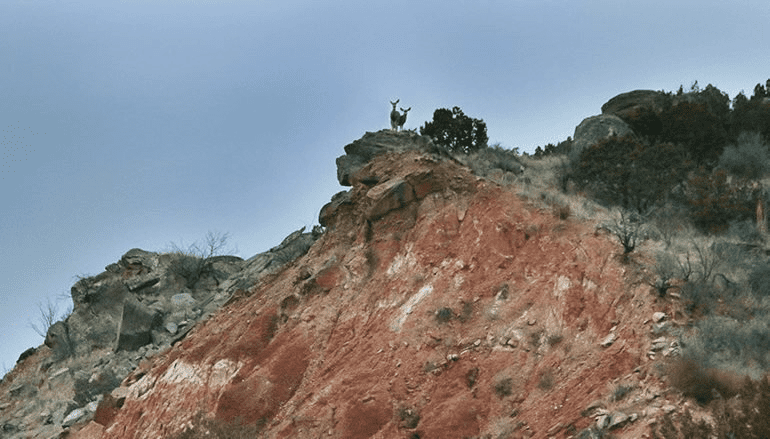
Big Bend Mule Deer Restoration Effort Advancing
Mule deer getting help from various partnerships
To boost a struggling mule deer population in parts of the Big Bend region of far West Texas, wildlife personnel relocated 98 does. They recently relocated them to the Black Gap Wildlife WMA and adjacent El Carmen Land & Conservation Company (ECLCC) – CEMEX USA and Cuenca Los Ojos property.
Personnel moved the does from Elephant Mountain Wildlife Management Area (WMA) and one private ranch in Pecos County. Partners involved in this project include the Texas Parks and Wildlife Department (TPWD); ECLCC; Borderlands Research Institute at Sul Ross State University; U.S. Department of Agriculture-Wildlife Services; Mule Deer Foundation; Houston Safari Club; and private landowners.
The mule deer population within Black Gap WMA and the surrounding area struggles to rebound from drought of the late 1990s and other probable factors, according to Shawn Gray, TPWD Mule Deer Program leader.
Project objectives involve:
• increasing the mule deer population within the BGWMA and ECLCC property long-term
• evaluating success of restoration effort
• monitoring mortality and causes that affect survivability and population growth
• documenting movements and home ranges in relation to release sites and habitat components.
The ECLCC property joins TPWD’s Black Gap WMA to comprise 135,000 contiguous acres dedicated to wildlife and habitat conservation. This diverse site of Chihuahuan Desert scrub and desert grasslands climbs from the Rio Grande River to the Sierra del Carmen Mountain Range.
Officials identified surplus mule deer availability at Elephant Mountain WMA and the private ranch during population surveys conducted last fall. “The landowner’s participation and cooperation were essential in translocating mule deer from the private ranch to the project area,” Gray noted. “Source properties will also benefit from the removal of surplus deer.”
Over the next year, TPWD and its partners will continue to monitor the translocated animals’ movements, habitat utilization, survival, and causes of mortality. View the video from this project here.
—courtesy Texas Parks and Wildlife Brandon Ray photo



